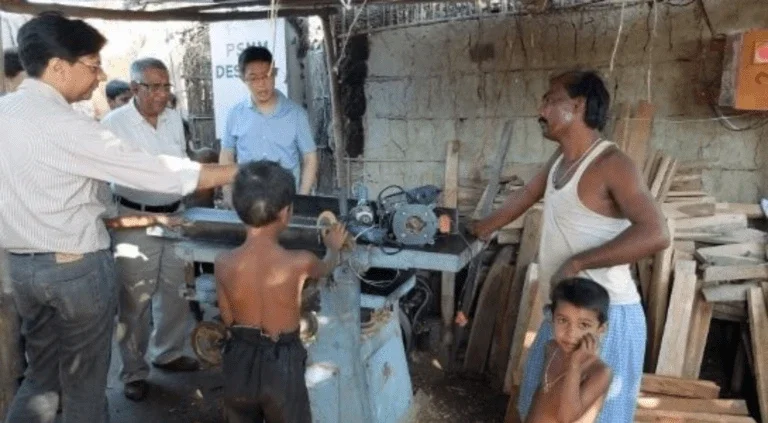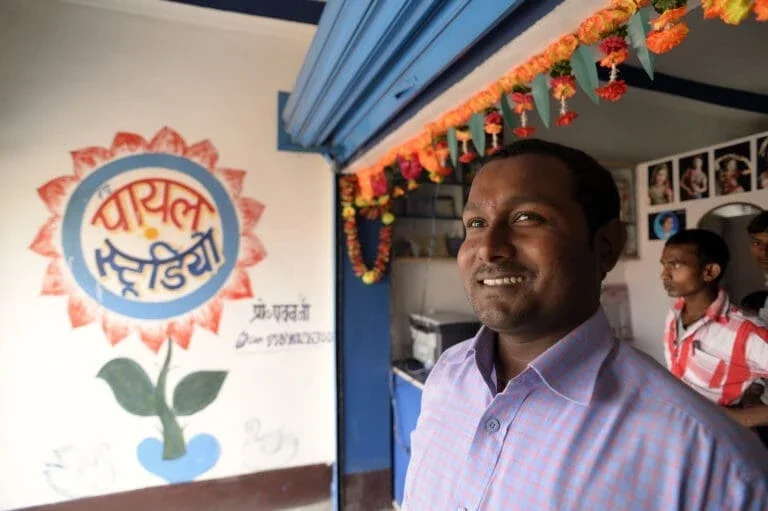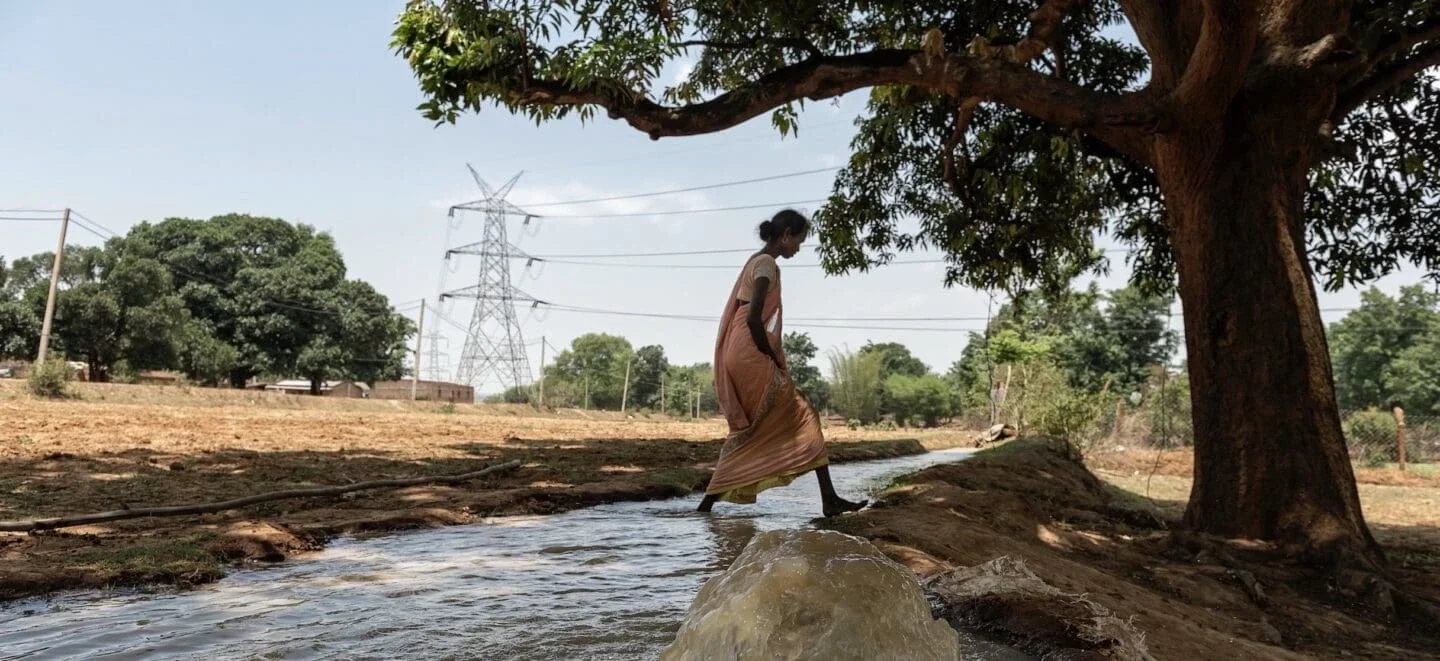Dayal and Khan joined a team that included Dr. Rodin and was overseen by Dr. David Jhirad, the Foundation’s Vice President for Research and Evaluation.
The mini-grid approach was Jhirad’s brainchild, and he was indispensable to these efforts before passing in 2013, working with the support of then-program associate Lillian Chege. Jhirad had previously served as deputy assistant secretary of energy in the Clinton Administration and vice president of science and research at the World Resources Institute.
In India sat another team, equally dedicated, yet closer to the ground. They worked and coordinated from New Delhi’s Development Alternatives office, led by CEO Shrashtant “Pat” Patara.
A quote from Margaret Mead graced the wall at Development Alternatives: "Never doubt that a small group of thoughtful committed individuals can change the world. In fact, it's the only thing that ever has."
“I read and reread that quote all the time, because it seemed impossible, what we wanted to do,” said Suman Sureshbabu, hired by The Rockefeller Foundation in 2008, a key player in the effort that would become Smart Power India, and now Managing Director of Demand, Jobs and Livelihoods for GEAPP. “Mini-grid efforts up to that point had failed. Solar power was so expensive then, and everyone said, ‘India will be run on coal.’”
Muddy Paths, Disappearing Docks
The team convinced solar power developers who were focused on urban areas to visit rural communities to assess feasibility, but it didn’t always go well.
“I remember once we had to leave our vehicles and walk the last kilometer into the rural community, and the developer just looked at that muddy path and said no,” Sureshbabu said.

During another visit to an active mini-grid on an island in the Ganges River, the tide came in while the team was on the island, and the dock simply disappeared.
“We had to wade into the Ganges in the pitch dark and jump into the boat,” Sureshbabu recalled. “Zia said, ‘This is going to be great; there is so much potential here for private mini-grids,’ and I thought, ‘What do you mean? Did you see what it just took to get in and out of here?’”
Compounding the challenge of the remote and difficult terrain, energy companies weren’t sure how to aggregate rural customers. “We tried to target fairly dense settlements,” said Pat, “but customers won’t sign up on Day One, or even Day 15. You have to return to these rural communities to talk to them again and again, and that prospect was daunting.”
So what would it take to get energy companies to deliver solar power to rural communities?
“We spent months trying to unravel this question,” Sureshbabu recalled. “We got so many doors slammed in our faces.”

The Cellphone Tower Solution
Although the team wanted to bring electricity to rural households, “we quickly realized that while individual households could be a social objective, that didn’t make a business model,” noted Pat.
“Lights—even fans and televisions—wouldn’t be enough to sustain a commercially viable mini-grid.”
The team realized “our objective was to put money into people’s pockets, help them create value from assured access to electricity; and not take money out of people’s pockets, as most utilities or solar product companies were doing,” noted Pat. “This became a guiding principle in our work.”
Their initial hypothesis to support a sustainable business model? Cellphone towers as anchor customers.
Mobile phone penetration in India was already substantial, even in more remote areas, and the demand seemed sure to grow. The cellphone towers were often diesel-powered, but could shift to solar, the team believed.
They engaged in conversations with CEOs of tower-operating companies, simultaneously developing the business model. Though the cell tower model worked for some developers, field visits combined with careful consideration of cost, regulatory restrictions, and other factors led the team to conclude this wouldn’t be the silver bullet they’d hoped for.
It was far from the last time strategic adaptations, pivots and fine-turning would be required.
NEXT: The search for an ideal partner to pursue rural clean energy options leads to a new concept: let’s create one!
More from this series
A “Misfit” Takes the Helm
When recruiters approached Jaideep Mukherji in 2015 with an unusual proposition, he responded with skepticism mingled with a spark of curiosity.
Read MoreFlying Out the Gates
Two viewpoints collided: should the Foundation use grants to rush electricity to villagers, or wait to develop sustainable business models for investors?
Read More